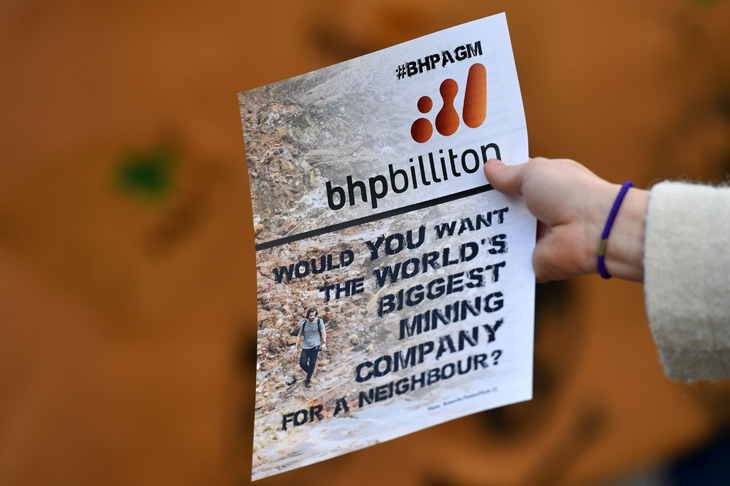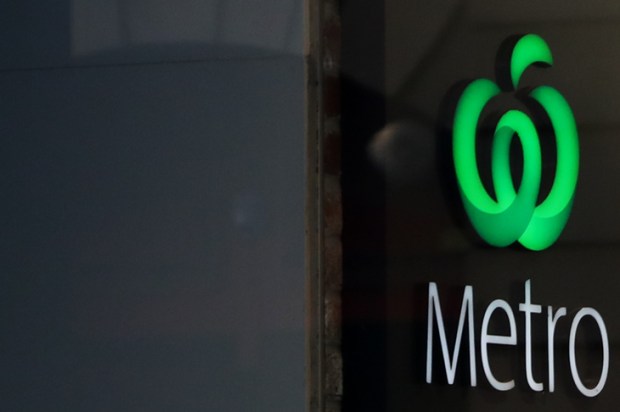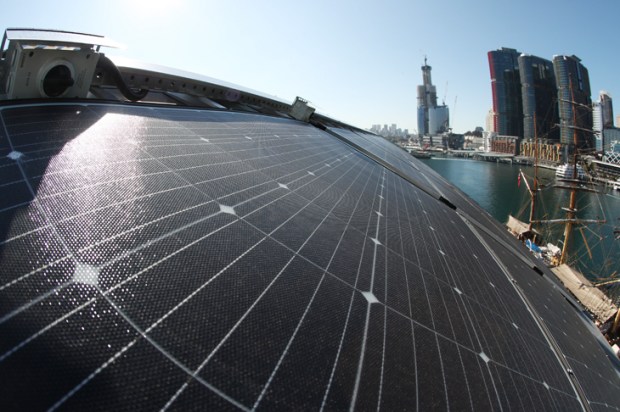It’s known as ‘The Big Australian’, but is BHP really just the ‘Lucky Company’; the corporate version of Donald Horne’s 1964 book describing Australia as ‘a lucky country run mainly by second-rate people who share its luck’?
BHP has been rescued from its China-prompted iron ore doldrums by soaring prices for fossil fuels due to the Ukraine war’s energy crisis, with the hated coal providing the largest slice of BHP’s 2021-22 record profit. This is despite its woke board’s faithful adherence, in both word and deed, to the anti-CO2 dogma that has exacerbated this Western-world crisis (while authoritarian states like Russia and China wallow in mounting emissions) by the premature shut-down of power stations, the blocking of investment in base-load energy and the construction of bureaucratic and legal obstacles to fossil fuel developments.
BHP’s enthusiastic embrace of the gospel according to Saint Greta has led it, among many other errors, to what the Australian Financial Review last week classified as ‘the worst deal of the year’ where, in order to demonstrate its climate purity, it sold its interest in a coal mine in Columbia for what the AFR describes as ‘virtually nothing’ to Glencore – which this year expects to collect earnings from it of about $US4 billion. As London’s Investors’ Chronicle, with traditional under-statement, noted: ‘Recent deals mean that BHP has not fully enjoyed the bull market for coal’, observing that it also got rid of its 80 per cent stake in BMC, the joint Queensland venture with Mitsui, whose full-year earnings approached $US2 billion. At this rate, it will not take long for the Indonesian-controlled purchaser, Stanmore Resources to pay off, out of earnings, the modest $1.8 billion it cost.
In the same climate cause, BHP tried desperately for years to get rid of its NSW energy coal mines, but, in the absence of adequate bids, was forced to keep them open. The result has been a welcome boost to BHP group earnings in the 2021-22 financial year of a record $2 billion as the average prices received of $US217 a tonne provided a huge profit over costs of only $US71. Principles are one thing; money in the bank is another. So not only will BHP retain these energy coal assets until their licences expire in 2026, relevant approvals are being sought to extend their life to 2030.
On top of all this fiscal self-harm (and unsuccessful attempts at it) BHP also took the major anti-fossil-fuel step of ridding itself of its oil and gas assets in a $41 billion deal with Woodside that saw their ownership effectively transferred from BHP to entitled BHP shareholders via the gift of Woodside shares. In keeping with BHP’s past form, its former assets participated in a record profit as Woodside’s doubling of production from the acquisition of BHP’s assets and a doubling of LNG prices enabled revenue for 2022’s September quarter to soar by 272 per cent to $9.3 billion.
But these ‘lost’ revenues do not involve any destruction of shareholders’ funds as did BHP’s last major deal, the onshore US oil and gas shale venture into which it ploughed upwards of $50 billion since acquisition in 2011 before selling out for $15 billion four years ago. BHP’s previous big US investment, in copper, was also a financial disaster. That is why ‘caution’ is the key word when BHP, now flush with funds, is in acquisition mode. It has just made a rejected $8.4 billion bid for OZ Minerals in its search to expand its interests in the commodities set to benefit from a low-carbon future, like copper and lithium.
Unsurprisingly, and despite BHP’s disposal of much of its fossil-fuel assets, there are concerns about BHP’s status in ESG portfolios as long as coal remains its major single earner. And despite BHP’s continual obsequious observance of climate purity, the true believers are unimpressed by BHP’s bountiful returns from coal, with the Australasian Centre for Corporate Responsibility critical not only of BHP’s current coal profits but also its progressing of a number of new coal mines and expansions in its Queensland joint venture with Mitsubishi, ‘including pursuit of a staggering 90-year licence for the Blackwater South mine’.
Whether these will proceed is far from certain. Even though CEO Mike Henry told investment analysts last month that while he sees ‘lots of opportunity yet to be unlocked in the coal business,… BHP will not be deploying any major capital into the Queensland coal business in the face of the recent royalty changes [by the Queensland government] and the way they were gone about….We are building a range of options…Queensland is not going to be at the front of the queue’.
The ACCR also questions BHP’s ‘good faith with regard to the urgent need to decarbonise the steel sector’, following BHP’s stated view that, despite the push for hydrogen processing, ‘blast furnace iron making, which depends on coke made from metallurgical coal, is unlikely to be displaced at scale by emergent technologies this half century’.
Nevertheless, the metallurgical-grade coal export industry faces a difficult and uncertain period ahead, with international economic and political problems. In addition, BHP claims ‘The regulatory environment has become less conducive to long-life capital investment in Queensland coal’ (the world’s premier source) even though ‘the advantages of highest quality coking coals with respect to greenhouse gas emissions will be increasingly apparent as carbon pricing becomes more pervasive’.
So what sort of company will the Big Australian become if it does replace its financially rewarding coal with any of its range of options? Potash in Canada is its current big-ticket punt. Bloomberg speculated earlier this year that, after sitting dormant for more than a decade (presumably waiting for burnt fingers to heal) BHP is positioning itself for a return to large-scale mergers and acquisitions.
But rather than mining the market in a search for financial jewels, how about looking at upgrading its bulk commodities into products – and transforming the Lucky Company into the Clever one. With ESG now more important than profit to BHP, why not?
Got something to add? Join the discussion and comment below.
Get 10 issues for just $10
Subscribe to The Spectator Australia today for the next 10 magazine issues, plus full online access, for just $10.
You might disagree with half of it, but you’ll enjoy reading all of it. Try your first month for free, then just $2 a week for the remainder of your first year.














Comments
Don't miss out
Join the conversation with other Spectator Australia readers. Subscribe to leave a comment.
SUBSCRIBEAlready a subscriber? Log in